Scientist of the Day - Jean-François Niceron
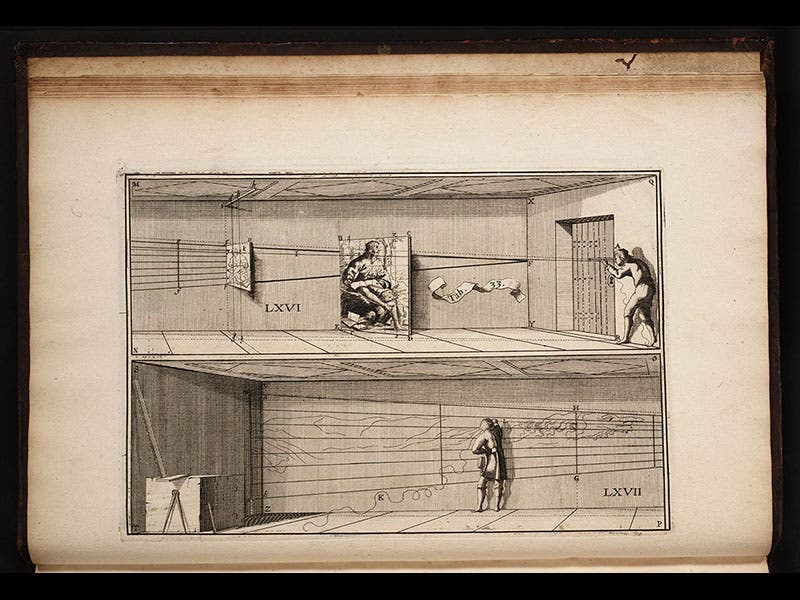

Jean-François Niceron, a French cleric and mathematician, died Sep. 22, 1646, at the young age of 33; his date of birth is unknown. Niceron was a member of the Order of Minims, which occupied a convent at the Place-Royale in Paris. Niceron was the principal seventeenth-century authority on anamorphic art. An anamorphic painting is one that has been distorted according to specific rules of perspective, and which may be restored to normal format either by viewing it from a specific angle, or by reconstituting it with some sort of curved mirror. In 1638, Niceron published La perspective curieuse, a folio-sized guidebook to the art of anamorphic painting. It contains directions for transforming ordinary pictures into anamorphic art, and for viewing them. One plate (second image) shows a portrait being converted to a stretched-out wall painting. Another (third image) shows a distorted drawing that becomes recognizable when viewed in a cylindrical mirror. The most attractive image in Niceron's book is the frontispiece (first and fourth images), where various putti dabble in deciphering anamorphic representations. At right, a putto observes a flat painting which transforms to a portrait when viewed with a cylindrical mirror. At center and top center, another putto looks up from within an arch, to view another anamorphic painting in a conical mirror. Two more putti are viewing tiny figures with a cylinder tube; what this has to do with anamorphic art is not readily apparent.
Niceron is supposed to have painted several anamorphic scenes on the walls of his convent in Paris, but they disappeared long ago. The only surviving anamorphic painting from the seventeenth century is a wall painting of St Francis of Paola in a convent in Rome (fifth image). The painter was Emmanuel Maignan, another Minim, and the convent was (and is) a Minim convent. Why all those Minims were so interested in anamorphosis is a question that is surely answerable, but the answer has not yet been forthcoming.
Our edition of La perspective curieuse is a second edition (1663). In addition to the frontispiece and plates, there is also an evocative engraved portrait of the young Niceron (sixth image). It is unfortunate that he never got any older.
Dr. William B. Ashworth, Jr., Consultant for the History of Science, Linda Hall Library and Associate Professor, Department of History, University of Missouri-Kansas City. Comments or corrections are welcome; please direct to ashworthw@umkc.edu.

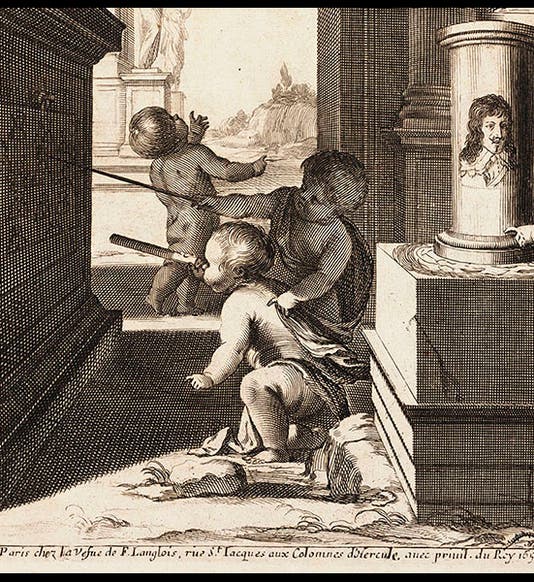
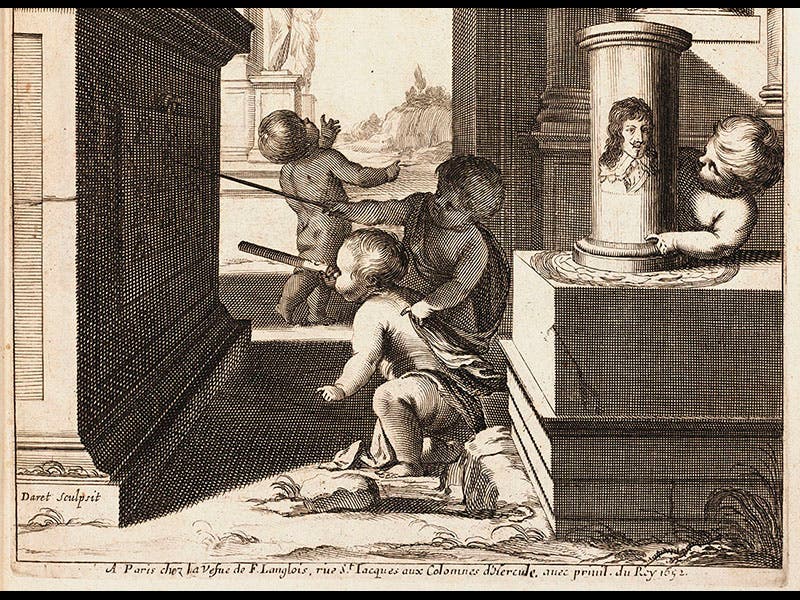

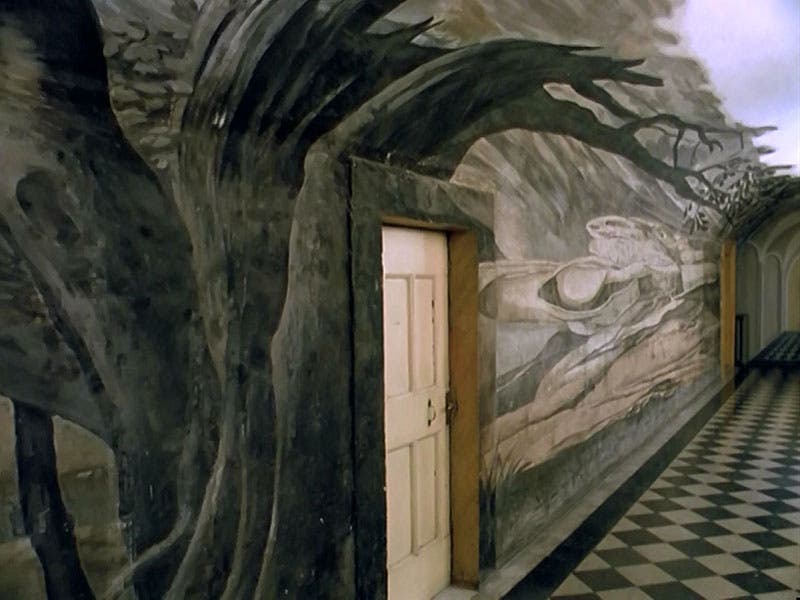
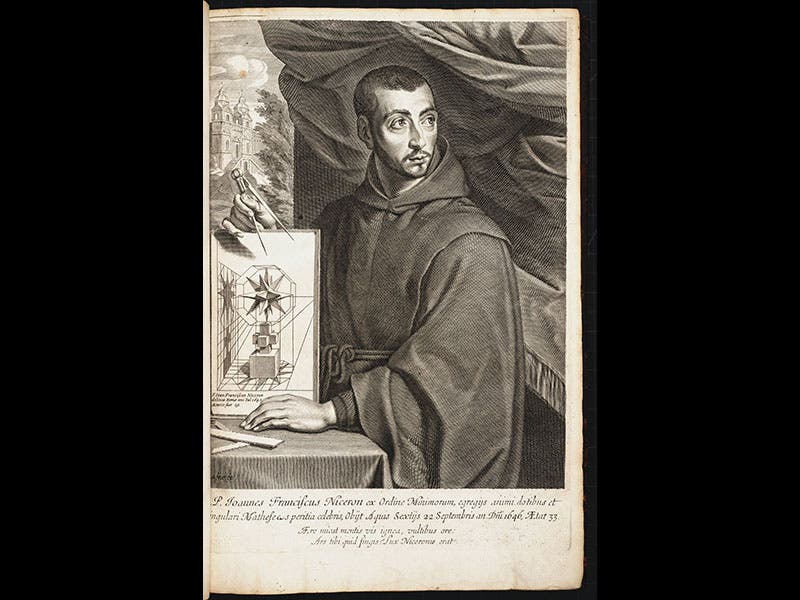
![Columbine, hand-colored woodcut, [Gart der Gesundheit], printed by Peter Schoeffer, Mainz, chap. 162, 1485 (Linda Hall Library)](https://assets-us-01.kc-usercontent.com:443/9dd25524-761a-000d-d79f-86a5086d4774/3829b99e-a030-4a36-8bdd-27295454c30c/gart1.jpg?w=210&h=210&auto=format&fit=crop)



